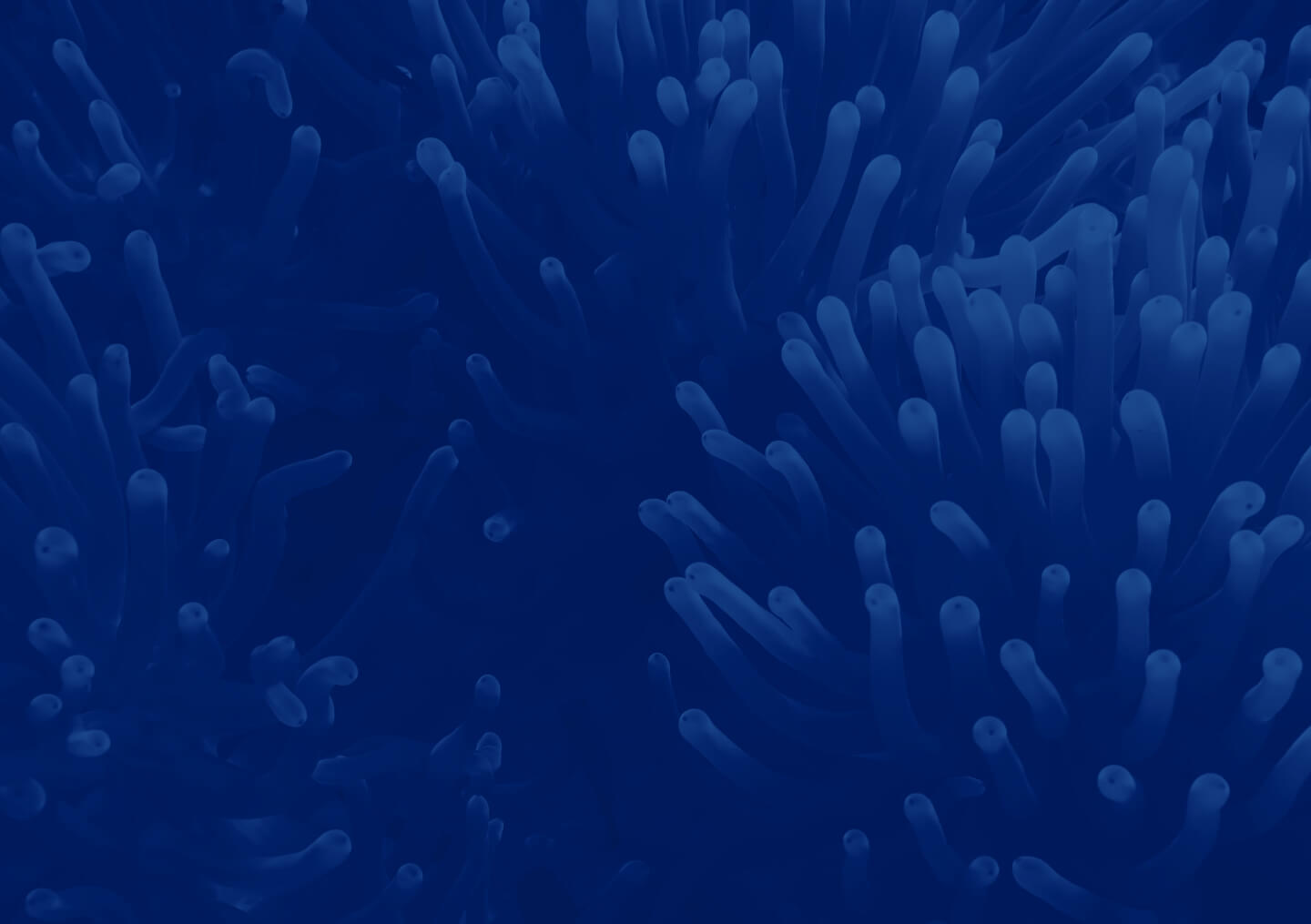Mote Marine Laboratory & Aquarium recently invited researchers from around the world to discuss mitigation tools and technologies for the harmful algal bloom (HAB) that affects many communities across the state – Florida red tide – as part of its Florida Red Tide Mitigation & Technology Development Initiative.
Mote hosted the workshop where Florida red tide mitigation scientists, engineers, and government agencies, gathered to review the current research being developed, discuss options for deployment technologies, understand the regulatory steps and agencies involved, and plan for intellectual property and commercialization issues that may arise.
Red tides are caused by higher-than-normal concentrations of Karenia brevis (microscopic algae native to the Gulf of Mexico), often discoloring the water in the ocean and coastal waters of southwest Florida. K. brevis produces toxins that can harm sea life, lead to massive fish kills, and cause respiratory irritation in people. Florida red tides can also have detrimental effects on shellfish, fishing and tourism industries.
The Florida Red Tide Mitigation & Technology Development Initiative, a partnership between Mote and the Florida Fish and Wildlife Conservation Commission (FWC), was established by the Florida Legislature and signed by Governor DeSantis in 2019 to establish an independent and coordinated effort among public and private research entities to develop prevention, control and mitigation technologies that will decrease the impacts of Florida red tide on the environment, economy and quality of life in Florida.
“With support from the State of Florida for this initiative, researchers are empowered to present their solutions and collaborate through applied science and engineering to fight red tide while stimulating Florida’s economy through technology transfer that helps transform ecological challenge to economic opportunity,” said Mote President and CEO Dr. Michael P. Crosby. “This cross-disciplinary team effort across many institutions is key to developing innovation solutions for communities across Florida that have been negatively affected by these red tide blooms. Florida is also leading the way through this Initiative in developing mitigation technologies with broader application to a suite of other types of HABs beyond just red tide.”
Through the Initiative, Mote developed a multi-tiered process to safely develop and test mitigation tools and technologies taking proposals from literature research or lab-based work, to incrementally larger tank-based research testing to ensure no harm to non-target species of fish, crustacean and other invertebrates, to eventual field testing, all while considering regulatory compliance and numerous commercialization challenges for actual use.
“The goal of the most recent Workshop was to assist the commercialization phase of the Florida Red Tide Mitigation and Technology Development Initiative,” said Kevin Claridge, Mote’s Vice President of Sponsored Research and Coastal Policy Programs. “Mote and its many partners have been working steadfastly on the science and testing to provide mitigation tools and technologies, and through the Initiative’s parallel work on commercialization it’s been evident how important the federal and state regulatory considerations are, including designated protected area restrictions, and that close collaboration with the local governments and communities are vital to the process.”
Since the inception of the Initiative, Mote has examined well over 300 compounds and devices and more than 30 projects have been completed or are underway, and researchers have continued to share their effective methods on HAB mitigation through various meetings and workshops.
Now entering its fifth year, the Initiative has seen significant progress on the development of Florida red tide mitigation tools and technologies for field testing and implementation, thus the next step is working to understand the effectiveness of these research products in deployment.
“The big takeaway from this workshop, hearing updates on current projects, regulations, patenting, and deployment technologies, is that the Initiative is producing real-world tools and technologies that have major potential in combating the effects of red tide,” said Claridge.
In attendance for the workshop were agency partners from the Florida Department of Agriculture and Consumer Services; Florida Department of Environmental Protection; Florida Fish and Wildlife Conservation Commission; Florida Department of Health; and the National Oceanic and Atmospheric Administration; as well as experts in Environmental Protection Agency pesticide regulations; and representatives from numerous Southwest Florida local governments
At Mote’s Red Tide Institute, scientists have been working to establish mitigation solutions since its beginning in 2018 with the following mission: Reducing adverse impacts of Florida red tide on public health, coastal marine ecosystems and Florida’s economy via the rigorous testing and application of a “tool box” of science-based mitigation and control technologies and strategies.
With its emphasis on direct mitigation and control, the Institute complements multiple other Mote research programs focused on red tide ecology, biology, nutrients and water quality, ecotoxicology, ocean sensing technology, environmental health and public information, and more. Mote red tide scientists collaborate within a vast network of red tide local, state, regional and federal research partners whose specialties include red tide monitoring, management, physical oceanography, public health protection, forecasting and other complementary efforts.
Read more about Mote’s Red Tide Institute here
Read more about the Red Tide Mitigation & Technology Development Initiative here.


